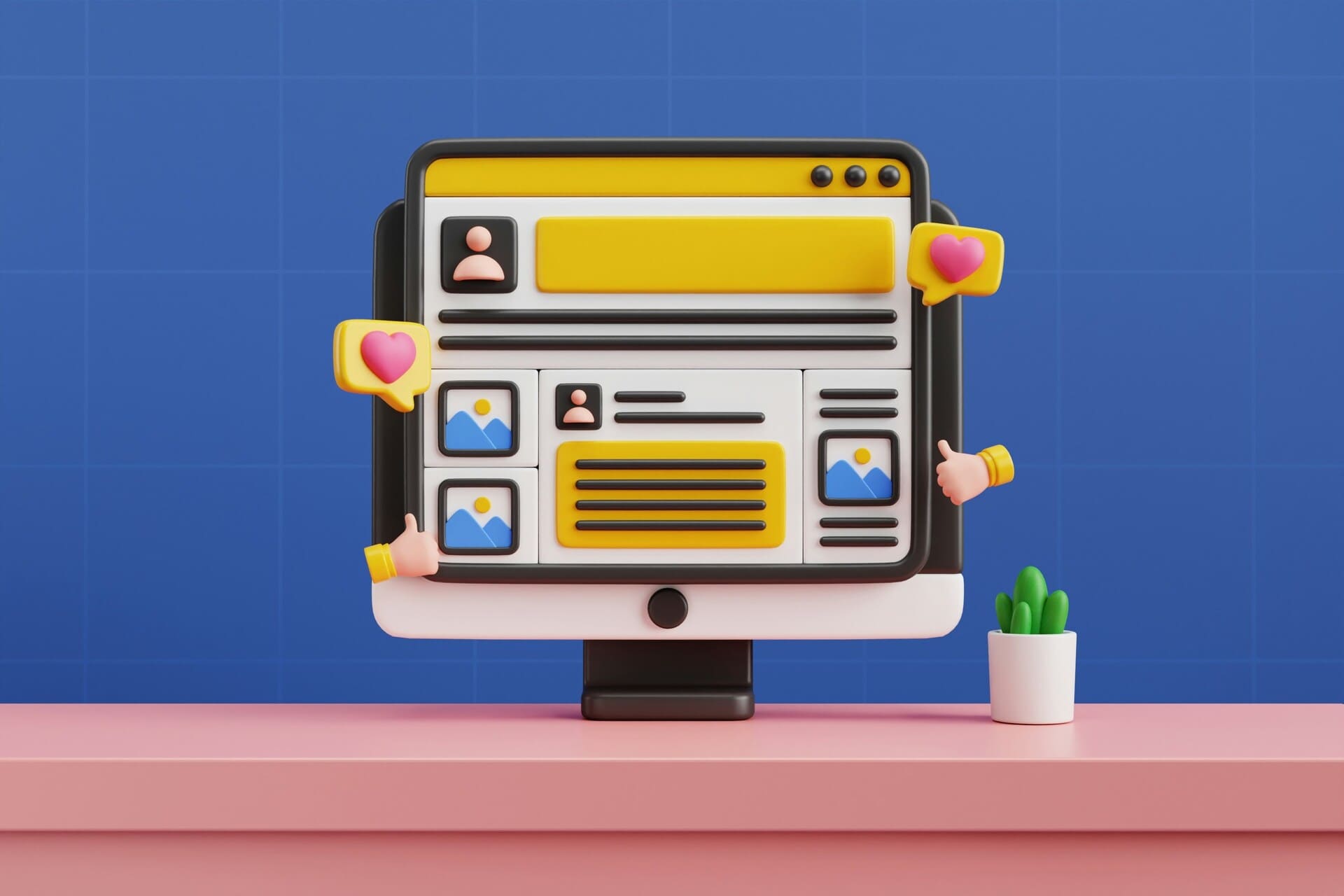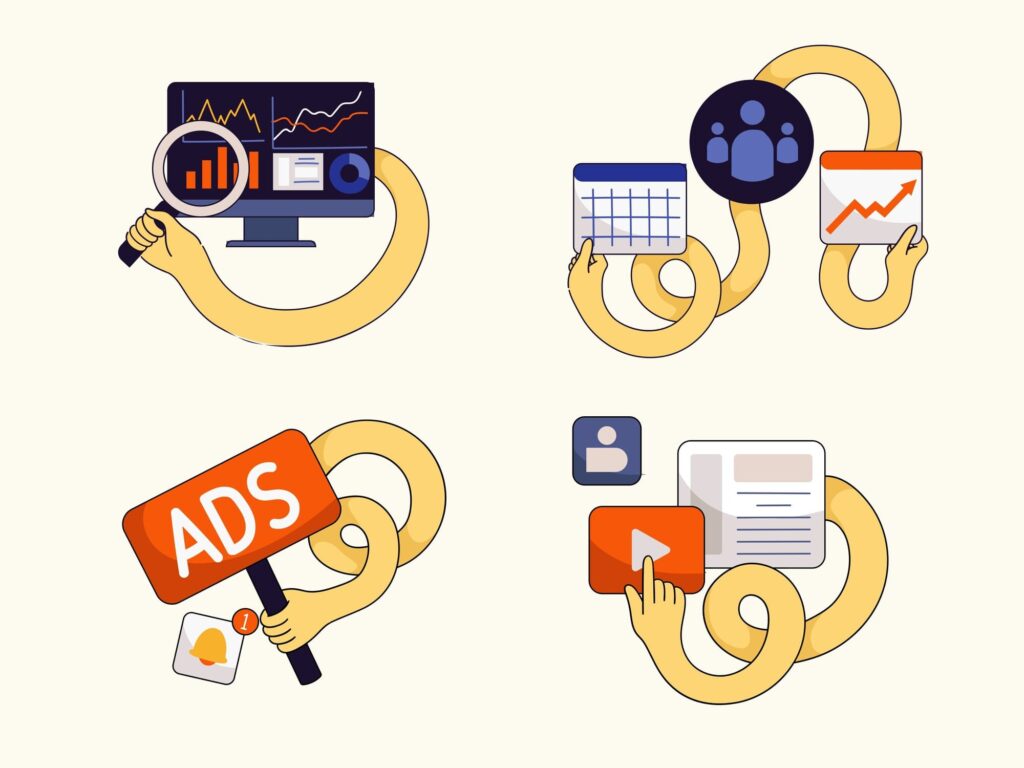As websites become more dynamic and user expectations rise, content loading methods like infinite scroll have become increasingly popular. They enhance user experience by creating seamless interactions, especially on mobile devices. But from an SEO perspective, infinite scroll is not always a win.
Search engines still depend on structured navigation and crawlable links to discover and rank content. The decision between infinite scroll and pagination is no longer just about design preference. In 2025, it is a critical SEO and UX decision that affects crawlability, indexation, ranking, and even site performance in AI-powered search.
In this article, we will compare the impact of infinite scroll SEO with traditional pagination, explore the differences between crawlable pagination and infinite scroll, and provide SEO pagination best practices that do not compromise user experience.
What Is Pagination and What Is Infinite Scroll
Pagination divides content into separate pages with numbered links or following buttons. It gives clear signals to search engines and users about how content is organized.
Infinite scroll automatically loads new content as the user scrolls down the page, without requiring interaction or page refreshes.
While infinite scroll can improve session time and engagement, it presents serious risks when not properly implemented.
Infinite Scroll SEO Issues You Cannot Ignore
1. Googlebot cannot scroll
Search engines do not interact with pages the same way users do. Unless your site uses proper rendering techniques, infinite scroll content may never be discovered or indexed.
2. Link equity gets diluted
In a paginated structure, each page has its own URL and can receive backlinks. With infinite scroll, content is often nested inside a single URL, which limits link-building potential.
3. No direct navigation
Users and bots cannot link to specific positions or products in a scroll. This hurts both UX and SEO for deeper content.
4. Crawl depth becomes an issue
Search engines crawl limited content per page. If important content appears after several scroll actions, it may never be seen unless supported with additional linking or sitemaps.
SEO Pagination Best Practices for 2025
If you choose pagination, make it as crawlable and user-friendly as possible. Here is how:
- Use clean, static URLs like /blog/page/2
- Add rel next and rel prev tags to connect the paginated series
- Include a View All option if performance allows
- Submit all paginated URLs in your XML sitemap
- Link paginated pages internally from hubs or filters
- Ensure each paginated page has unique content and titles
Important: Google deprecated official support for rel next and rel prev, but internal linking and structured sitemaps still help bots navigate paginated series.
Making Infinite Scroll SEO Friendly
If you decide to use infinite scroll for UX reasons, follow these technical guidelines:
- Implement history.pushState to update URLs during scroll
- Load each content block as a separate URL underneath the main one
- Provide a paginated HTML version and link to it in your sitemap
- Use JavaScript rendering or server-side rendering that is crawlable
- Add internal links in the main pages to content reachable through scrolling
Without these implementations, infinite scroll becomes invisible to search engines.
UX versus SEO Content Loading: Can You Have Both
Yes, but only if you separate design logic from SEO logic.
Strategy that works in 2025:
- Keep the front-facing version with infinite scroll
- Create a crawlable, paginated version with canonical tags that point correctly.
- Add structured data to each content block for AI-powered summarization.
- Let users enjoy the scroll, but let bots follow links
This hybrid model allows you to maintain user satisfaction while preserving SEO strength and discoverability.
Use Cases: When to Choose Which
Choose Pagination If:
- You care about product indexing for e-commerce
- You want better control over internal linking
- Your blog or archive has hundreds of posts
Choose Infinite Scroll If:
- You prioritize mobile UX and time on site
- You can implement advanced JS rendering
- You pair it with a crawlable version
Conclusion
The debate between pagination versus infinite scroll is not new, but the context is. In 2025, with AI-powered search and stricter crawl prioritization, your content loading approach will directly impact how search engines view and rank your site.
Infinite scroll SEO challenges can be overcome, but only with technical precision. If you do not have the development resources to implement scroll-friendly indexing, choose crawlable pagination. It remains the most reliable option for SEO visibility.
Remember, what feels smooth to the user must also be navigable to the bot. Your best option is not either or, but a hybrid strategy that delivers on both UX and SEO.
Not sure if your site’s content loading is helping or hurting your SEO?
Contact us — we’ll audit your structure and recommend the best approach for rankings and UX.




